Practicing with colored water - how much headspace?
2ajsmama
10 years ago
Related Stories
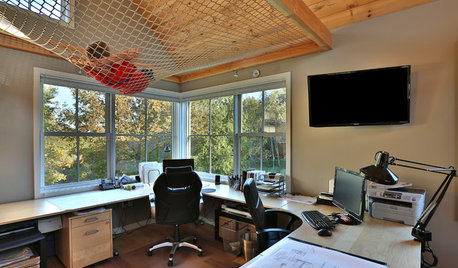
DESIGN PRACTICEHow to Set Up Your Design Studio at Home
Learn from an architect how to create a workspace that fuels your practice and feeds you inspiration
Full Story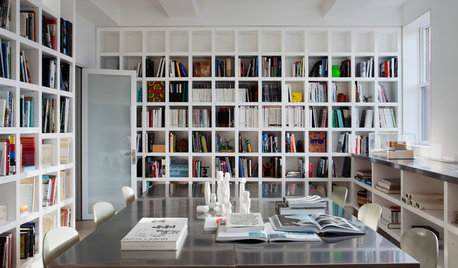
ARCHITECTUREDesign Practice: How to Start Your Architecture Business
Pro to pro: Get your architecture or design practice out of your daydreams and into reality with these initial moves
Full Story
DESIGN PRACTICEDesign Practice: Start-up Costs for Architects and Designers
How much cash does it take to open a design company? When you use free tools and services, it’s less than you might think
Full Story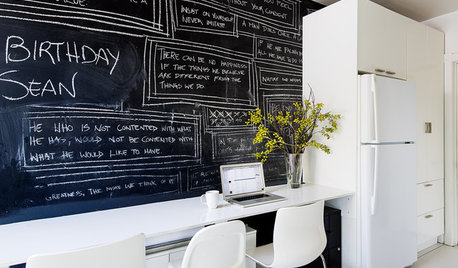
DECORATING GUIDESFun Kitchen Helper: The Classic, Practical Chalkboard
What's black and white and read all over kitchen walls, cabinets and even chairs? Chalkboard — and it comes in colors too
Full Story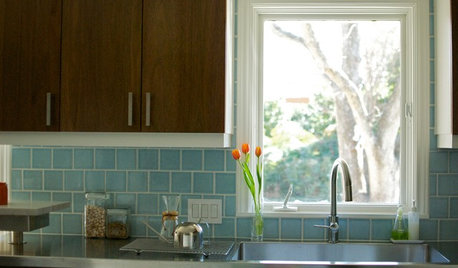
KITCHEN DESIGNKitchen of the Week: Practical, Budget-Friendly Beauty in Dallas
One month and a $25,000 budget — see how a Texas homeowner modernized her kitchen beautifully working with those remodeling constraints
Full Story
WHITEWhite Slipcovers for Pure Practicality
With a washing machine and bleach on your side, white slipcovers for couches and chairs keep your furniture looking pristine
Full Story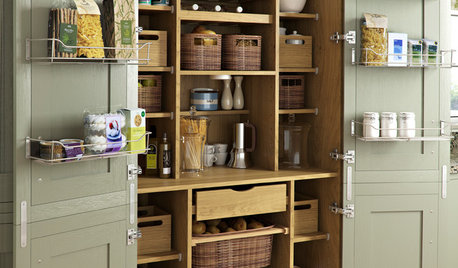
KITCHEN PANTRIES80 Pretty and Practical Kitchen Pantries
This collection of kitchen pantries covers a wide range of sizes, styles and budgets
Full Story
HOUZZ TOURSMy Houzz: Pretty Meets Practical in a 1920s Walk-Up
Creative styling gives an 800-square-foot rental such an inspired homey air, you might just miss the office in the living room
Full Story
KITCHEN DESIGN16 Practical Ideas to Borrow From Professional Kitchens
Restaurant kitchens are designed to function efficiently and safely. Why not adopt some of their tricks in your own home?
Full Story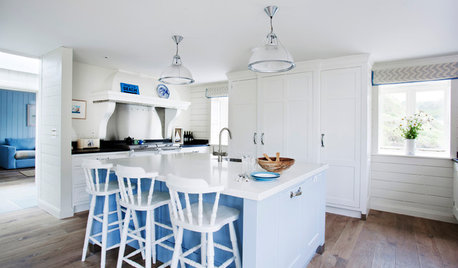
COASTAL STYLEKitchen of the Week: Beach-House Beauty With a Practical Style
A seaside kitchen in Cornwall, England, has a relaxed, nautical feel but is sturdy enough for rental traffic
Full StoryMore Discussions






readinglady
digdirt2
Related Professionals
Manhattan Beach Landscape Architects & Landscape Designers · Woodinville Landscape Architects & Landscape Designers · Clark Landscape Contractors · Columbine Landscape Contractors · Golden Gate Landscape Contractors · Merced Landscape Contractors · Mesa Landscape Contractors · Vineyard Landscape Contractors · Wheat Ridge Landscape Contractors · Chicago Roofing & Gutters · Cincinnati Roofing & Gutters · Joliet Roofing & Gutters · New Orleans Roofing & Gutters · Newton Roofing & Gutters · Libertyville Driveway Installation & Maintenance2ajsmamaOriginal Author
2ajsmamaOriginal Author
myfamilysfarm
digdirt2
2ajsmamaOriginal Author
digdirt2
2ajsmamaOriginal Author
myfamilysfarm
2ajsmamaOriginal Author
digdirt2
2ajsmamaOriginal Author